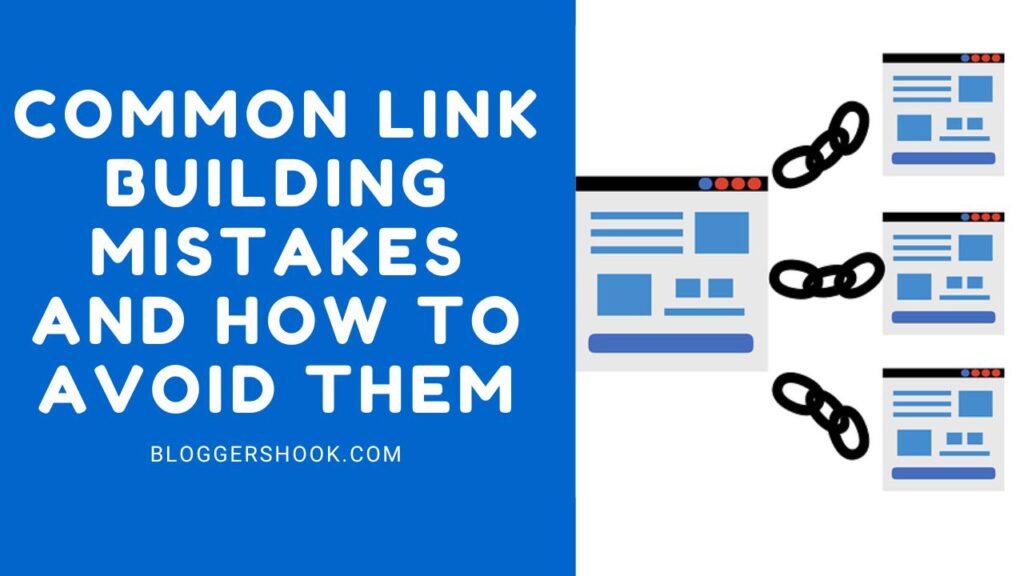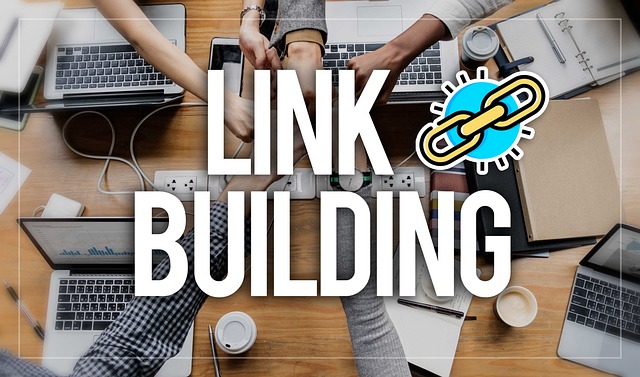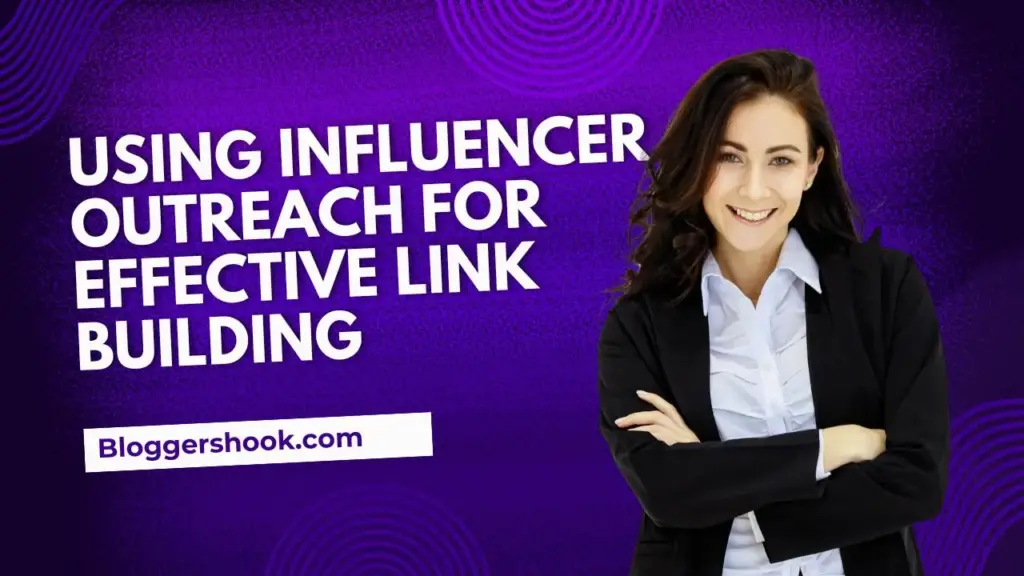Are you making some common link building mistakes? If yes, then this post is for you. Link building is a crucial element of search engine optimization (SEO). It involves acquiring hyperlinks from other websites to your own, which can help boost your site’s authority and improve its ranking in search engine results pages (SERPs).
However, link building is not without its challenges, and many SEO professionals and website owners make mistakes that can significantly harm their efforts. In this article, we’ll explore some of the most common link building mistakes and how to avoid them.

1. Overemphasis on Quantity Over Quality
One of the most prevalent mistakes in link building is focusing on the number of links rather than the quality. In the past, the sheer volume of backlinks could dramatically improve a site’s ranking. However, search engines like Google have evolved and now prioritize the quality of backlinks over quantity. Low-quality links, often from spammy or irrelevant sites, can lead to penalties rather than improvements in rankings.
How to Avoid:
- Prioritize getting backlinks from high-authority websites that are relevant to your niche. Tools like Moz’s Domain Authority or Ahrefs’ Domain Rating can help identify such sites.
- Focus on building relationships with authoritative sites and creating high-quality, shareable content that naturally attracts quality links.
- Avoid link farms, PBNs (Private Blog Networks), and other link schemes that could result in penalties from search engines.
2. Ignoring Anchor Text Optimization
Anchor text is the clickable text in a hyperlink, and it’s important for both user experience and SEO. A common mistake is either over-optimizing anchor text with exact match keywords or not optimizing it at all, leading to unnatural or spammy links.
How to Avoid:
- Use a natural, diverse mix of anchor texts. Include branded, generic, and long-tail keywords in your strategy.
- Avoid using the exact same anchor text repeatedly, especially with commercial keywords. This can raise red flags for search engines and lead to penalties.
- Ensure anchor texts are relevant to the linked content, providing value and clarity to users.
3. Not Vetting Potential Link Sources
Obtaining backlinks from questionable or low-quality sources is another common mistake. These sources could be spammy, irrelevant, or part of a link scheme, which can negatively impact your site’s SEO.
How to Avoid:
- Research and vet any site before pursuing a backlink. Look at the site’s domain authority, content quality, and relevance to your niche.
- Avoid links from sites that seem to exist solely for link-building purposes, as these are often flagged by search engines.
- Use tools like Ahrefs or SEMrush to analyze a potential link source’s backlink profile and overall health.
4. Neglecting Internal Link Building
While external links are important, many website owners overlook the importance of internal link building. Internal links help distribute page authority throughout your site and improve user experience by guiding visitors to relevant content.
How to Avoid:
- Create a strong internal linking strategy by linking to related articles and pages within your own website.
- Use descriptive anchor text that helps users and search engines understand the linked content.
- Regularly audit your site to find opportunities for internal linking and to fix any broken links.
5. Focusing Solely on Do-Follow Links
Do-follow links are often prioritized because they pass on SEO value (link juice) to the linked site. However, focusing only on acquiring do-follow links and ignoring no-follow links can be a mistake. No-follow links may not pass SEO value, but they still offer traffic, visibility, and the potential to attract natural do-follow links.
How to Avoid:
- Embrace a balanced approach that includes both do-follow and no-follow links. Both types contribute to a natural-looking backlink profile.
- Don’t shy away from opportunities to gain no-follow links from high-traffic, reputable sites. These links can drive significant referral traffic and enhance brand awareness.

6. Relying on a Single Link Building Strategy
Many website owners and SEO professionals fall into the trap of relying on a single link-building strategy, such as guest blogging or directory submissions. While these tactics can be effective, over-reliance can lead to diminishing returns and make your backlink profile appear unnatural.
How to Avoid:
- Diversify your link-building strategies. In addition to guest blogging, explore opportunities such as content marketing, influencer outreach, PR campaigns, and social media engagement.
- Regularly review and adjust your link-building strategies to keep up with changes in SEO best practices and search engine algorithms.
- Ensure your link-building efforts are sustainable and adaptable to different market conditions.
7. Building Links Too Quickly
Another common mistake is acquiring a large number of backlinks in a short period. This sudden spike can look suspicious to search engines and may lead to penalties.
How to Avoid:
- Focus on a gradual and consistent link-building process. Aim for a steady accumulation of quality links over time.
- Avoid any link-building practices that promise quick results, as these are often linked to spammy tactics that can do more harm than good.
- Monitor your backlink growth using SEO tools to ensure it aligns with a natural and sustainable pattern.
8. Failing to Disavow Toxic Links
Even with the best practices, you may end up with some low-quality or toxic backlinks pointing to your site. Ignoring these links can negatively impact your SEO performance.
How to Avoid:
- Regularly audit your backlink profile using tools like Google Search Console or Ahrefs to identify potentially harmful links.
- Use Google’s Disavow Tool to inform the search engine that you do not want certain backlinks to be considered in your site’s ranking.
- Combine disavowal with outreach, where possible, to request removal of harmful links directly from webmasters.
9. Overlooking Content Relevance
Linking to or obtaining backlinks from sites with irrelevant content is a mistake that can confuse users and dilute the effectiveness of your link-building efforts. Search engines also value relevance, and irrelevant links can be seen as manipulative.
How to Avoid:
- Ensure that any site you seek backlinks from or link to has content relevant to your niche or topic. Relevance increases the value of the link in the eyes of search engines.
- Craft content that naturally aligns with your target audience and industry to attract relevant backlinks.
- Focus on building relationships with websites, bloggers, and influencers in your industry to ensure the relevance and quality of links.
10. Ignoring the Power of Linkable Assets
Many businesses overlook the importance of creating linkable assets—content pieces that naturally attract backlinks because they provide significant value. This can include infographics, research reports, in-depth guides, and interactive tools.
How to Avoid:
- Invest in creating high-quality, valuable content that others will want to link to. Think about what resources your audience or industry lacks and how you can fill that gap.
- Promote your linkable assets through outreach, social media, and content marketing to maximize their visibility.
- Regularly update and repurpose your linkable assets to keep them relevant and appealing to new audiences.
11. Neglecting Relationship Building
Link building is not just about the links; it’s also about the relationships behind those links. Focusing solely on getting the backlink without building a relationship can result in missed opportunities for future collaborations and high-quality backlinks.
How to Avoid:
- Approach link-building with a relationship-first mindset. Take time to engage with potential link partners, whether they are bloggers, influencers, or webmasters.
- Offer value in your outreach, such as sharing their content, providing insights, or offering to collaborate on a project.
- Maintain ongoing communication with your link partners to foster long-term relationships that can lead to more opportunities for backlinks.
12. Not Monitoring Link Performance
Once you’ve acquired backlinks, it’s essential to monitor their performance. Failing to do so is a mistake that can prevent you from understanding which strategies are effective and where improvements are needed.
How to Avoid:
- Use tools like Google Analytics, Ahrefs, or SEMrush to track the performance of your backlinks, including referral traffic, ranking improvements, and overall site authority.
- Regularly analyze your backlink profile to identify high-performing links and replicate their success.
- Monitor for lost or broken backlinks and reach out to webmasters to restore them, if possible.
13. Ignoring Competitor Analysis
Another common mistake is not analyzing your competitors’ link-building strategies. Understanding where your competitors are getting their backlinks can provide valuable insights and help you identify potential link-building opportunities.
How to Avoid:
- Conduct regular competitor analysis using tools like Ahrefs or SEMrush to see which sites are linking to your competitors.
- Identify gaps in your backlink profile compared to competitors and seek to fill those gaps.
- Look for patterns in your competitors’ link-building strategies that you can adapt to your own efforts.
Conclusion
Link building is a complex and nuanced aspect of SEO that requires careful planning, execution, and monitoring. Avoiding common mistakes like prioritizing quantity over quality, neglecting internal linking, and ignoring the importance of relationship building can help you create a more effective and sustainable link-building strategy.
By focusing on quality, relevance, and consistency, you can build a strong backlink profile that enhances your site’s authority and search engine rankings while avoiding the pitfalls that could derail your SEO efforts.



Hi Vishwajeet,
I’ve become more picky about my links of late. I get many requests and refuse most because they are not relevant or legitimate. As I’m cleaning up old posts I get rid of any that are not making sense anymore. You provide great tips here, thanks!
You are absolutely right, Lisa. We get to rid of unwanted and irrelevant links. Glad you liked the post.
Regards,
Vishwajeet Kumar